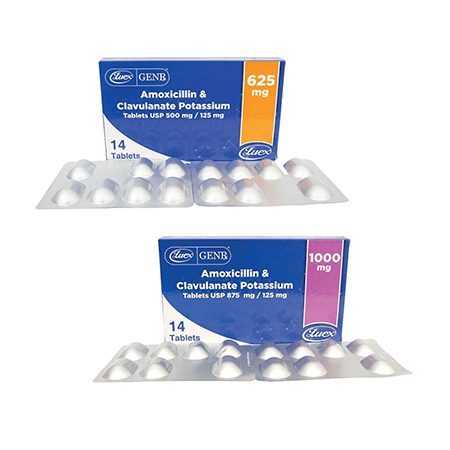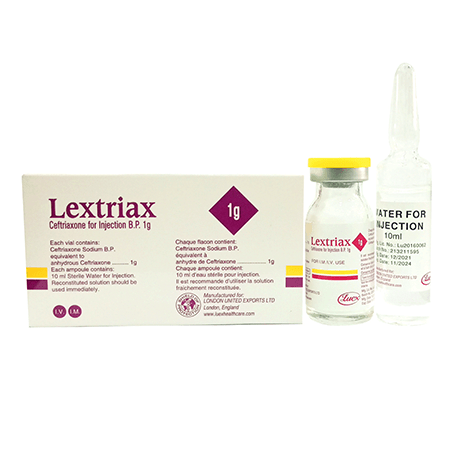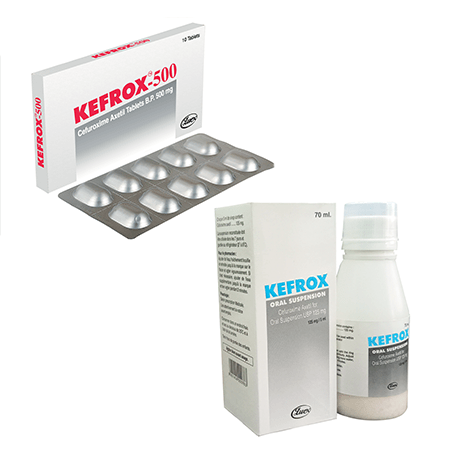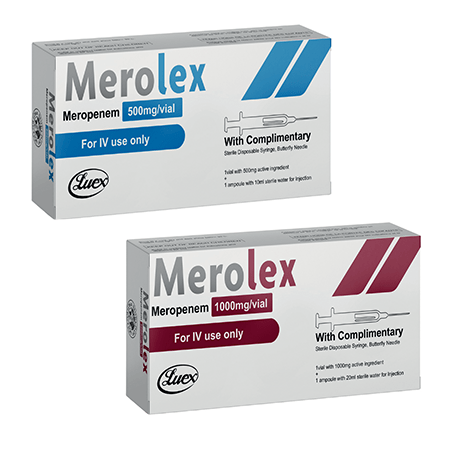Antibiotics Drugs

Antibiotic drugs are medications used to treat bacterial infections by either killing bacteria or inhibiting their growth. They are a critical tool in modern medicine, used to treat a wide variety of infections, from minor illnesses like strep throat to life-threatening conditions such as sepsis. Antibiotics are categorized based on their chemical structure, mechanism of action, and the spectrum of bacteria they target.
Uses of Antibiotic Drugs
Spectrum of Activity: Some antibiotics are broad-spectrum, targeting a wide range of bacteria, while others are narrow-spectrum, targeting specific types.
Resistance: Bacterial resistance to antibiotics is a significant global health challenge, leading to the need for careful selection and use of these drugs.
Side Effects: While antibiotics can be life-saving, they can also cause side effects, including allergic reactions, gastrointestinal disturbances, and, in some cases, severe complications like kidney damage or blood disorders.
Side Effects
Allergic Reactions: Penicillins and sulfonamides are among the most common causes of antibiotic allergies.
Gastrointestinal Issues: Antibiotics like macrolides and clindamycin can cause gastrointestinal





Beta-Lactam Antibiotics
These antibiotics contain a beta-lactam ring in their chemical structure and work by inhibiting bacterial cell wall synthesis.
Macrolides
Inhibit bacterial protein synthesis by binding to the 50S ribosomal subunit, preventing peptide chain elongation.
Tetracyclines
Inhibit protein synthesis by binding to the 30S ribosomal subunit, preventing the attachment of aminoacyl-tRNA.
Download Brochure
Get access to our comprehensive guide to our Antibiotic drug catalogue.
Our Range of Antibiotic Drugs

Amoxi+Clav

Ciprolex Range

Lextriax 1G Suspension

Kefrox Range

Lexporin Range

Neo-Hycolex Eye Drops

Merolex Range

Azilex Range
Fight Infections The Effective Way
Bring happiness back to your life with our range of Antibiotic products.
